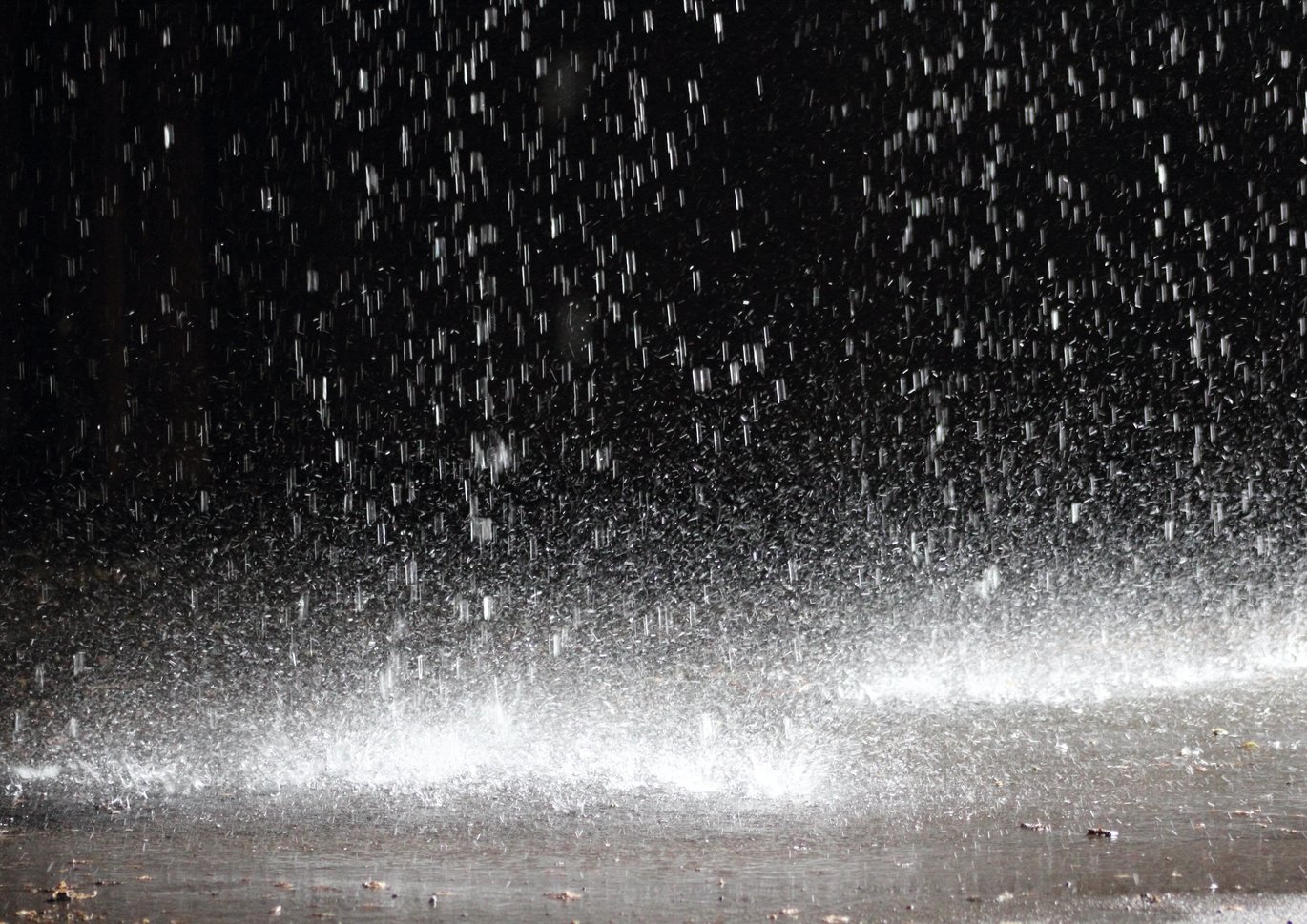New research project aims to improve predictions of climate change and extreme weather events
By studying how aerosols and clouds interact the researchers hope to improve our ability to foresee extreme weather events due to climate change.

By 2050 the European Union aims to be climate neutral. This objective is at the heart of the European Green Deal and in line with the EU’s commitment to global climate action under the Paris Agreement.
But if we are to reach that goal in the EU, we need a deeper understanding of how the climate and weather systems on Earth work. That is exactly what the new EU-funded research project CleanCloud aim to do.
- There are large uncertainties associated with our current understanding of the Earth system and its response to human actions. We need to close those knowledge gaps to be able to predict to what extent the Paris Agreement can be met and what changes lie ahead for us, Athanasios Nenes, Professor at the Ecole Polytechnique Federale de Lausanne in Switzerland and the scientific coordinator of the new project, explains.
The largest of those uncertainties is how aerosols interact with clouds to shape the climate. Aerosols are small particles in the air that can either be natural, like sea salt or fog, or be created by human activities, such as pollution.
By studying how aerosols interact with clouds through different approaches combining field and laboratory experiments, statistical and machine learning analysis, satellites, and atmospheric modeling, the researchers behind CleanCloud hope to improve the climate models that we have today.
- By contributing to improved predictions of climate and extreme weather like heavy rainfall, the research in the CleanCloud project will be crucial for peoples’ lives in a changing climate. In a post-fossil future, we expect cleaner clouds compared to today, with consequences for precipitation, including thunderstorms and extreme snow and rain”, explains Ulas Im, a senior scientist at Aarhus University and coordinator of the CleanCloud.
Key findings from CleanCloud are expected to make significant scientific, policy and societal impacts. Reduced uncertainties in climate models, better long-term climate predictions at seasonal and decadal time scales and predictions of extreme events are some of the expected outcomes.
Facts about CleanCloud
CleanCloud has received 10 million Euros. Some of the money come from the European Union, and some comes from Switzerland and the UK.
It is a research consortium with 20 different scientific institutions from 12 different countries partnering up to better understand how aerosols and clouds interact.
The project will run from 2024 to 2027.
Contact info
Ulas Im
Senior Scientist
Department for Environmental Science, Aarhus University
Email: ulas@envs.au.dk
Phone: +45 50 15 40 50
Athanasios Nenes
Professor
Ecole Polytechnique Federale de Lausanne, Switzerland
Email: athanasios.nenes@epfl.ch
Phone: +41 21 693 80 31
Jeppe Kyhne Knudsen
Journalist and science communicator, Faculty of Technical Sciences at Aarhus University
Email: jkk@au.dk
Phone: +45 93 50 81 48
